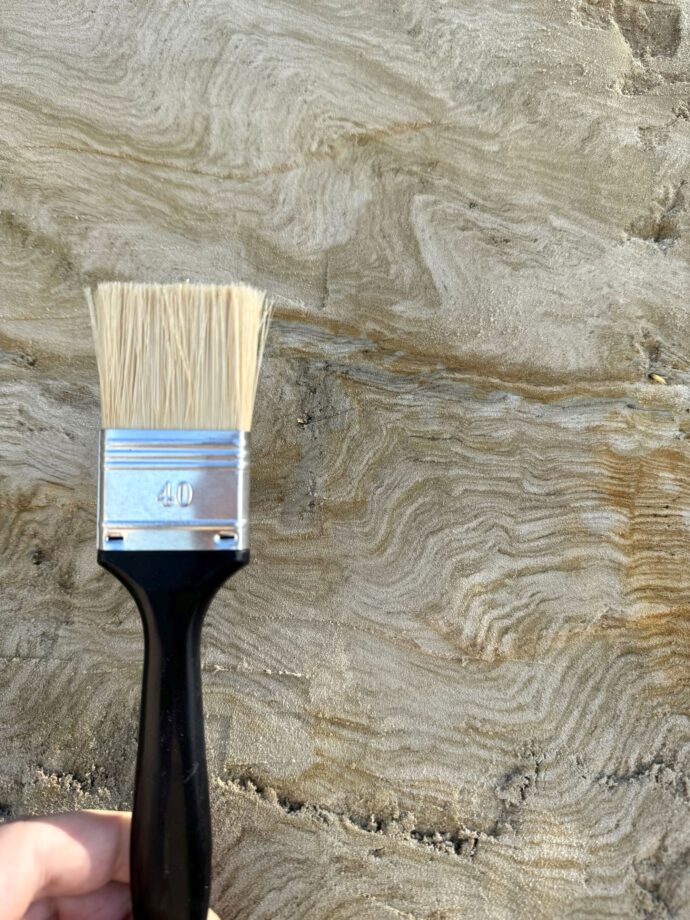This is a guest post by Szymon Świątek
New research challenges the assumption that only strong earthquakes cause liquefaction. Scientists from Poland demonstrated that even low-magnitude shocks (~M3.5) can trigger sediment deformation in water-saturated fine-grained sediments. This finding expands our understanding of seismic activity and its effects on geological structures.

The study revealed that sediment composition plays a crucial role in liquefaction susceptibility. Upper sandy layers, which are less compacted, were particularly prone to deformation under seismic stress. The experiments also showed how liquefied sediments can form structures similar to those observed in natural seismic events.
Recognizing the impact of small earthquakes on sediment stability is essential for improving risk assessment. Areas with highly water-saturated sediments could face unexpected ground instability, even during minor tremors. This research calls for a broader approach to seismic hazard evaluation, taking into account lower-magnitude events.
You can read the full text till April 6th 2025! https://authors.elsevier.com/a/1kciJ8RViAsjS



No Comments
No comments yet.